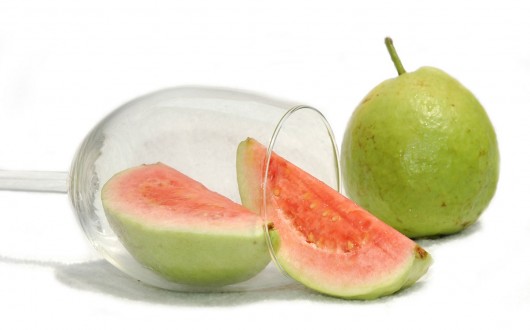Which Fruit Has The Most Pantothenic Acid (Vitamin B5)?
What Is Pantothenic Acid?
Pantothenic Acid is a water-soluble vitamin that we do not synthesize in our own bodies. Panothenic acid, also called Vitamin B5, must be obtained from dietary sources. Pantothenic acid is chemically an amide, a specific type of nitrogen-containing chemical. It is important for the synthesis of biologically active compounds in the body.
The most important role of panthothenic acid is in the synthesis of a chemical called coenzyme A, or CoA. Coenzyme A is a chemical that is involved in multiple important metabolic pathways, including fatty acid oxidation and the citric acid cycle. The citric acid cycle, also called the Krebs cycle or the tricarboxylic acid cycle, is a metabolic pathway that is used to generate energy in all aerobic (oxygen-using) organisms.
Pantothenic Acid (Vitamin B5) In Our Body
The name “pantothenic acid” refers to the chemical’s presence in a wide range of sources. A deficiency of Vitamin B5 is extremely rare due to the easy availability of the vitamin in almost all food sources. However, Vitamin B5 supplements are manufactured. The documented cases of pantothenic acid deficiency have mostly been in experimental settings and in victims of starvation. The main effects of such a deficiency include fatigue due to decreased energy, neuropathy, muscle cramps, abdominal pain and hypoglycemia. These symptoms are usually reversed when the person with the deficiency replaces the pantothenic acid in their diet.
A toxic dosage for pantothenic acid has not been determined. The vitamin is water-soluble, meaning that it is excreted in urine if there is an excess of the vitamin in the body.
Top Fruits For Pantothenic Acid (Vitamin B5) Content
The amounts of Pantothenic Acid (Vitamin B5) are given for 100g of each fruit.
1 Guava 0,50 mg
2 Blackcurrant 0,40 mg
3 Carrot 0,40 mg
4 Pomegranate 0,40 mg
5 Banana 0,33 mg
6 Pumpkin 0,30 mg
7 Orange 0,30 mg
8 Grapefruit 0,30 mg
9 Gooseberry 0,30 mg
10 Raspberry 0,30 mg
11 Blackberry 0,30 mg
12 Cranberry 0,30 mg
13 Fig 0,30 mg
14 Cucumber 0,27 mg
15 Watermelon 0,22 mg
16 Kiwi 0,20 mg
17 Cherry (sweet) 0,20 mg
18 Papaya 0,20 mg
19 Peach 0,20 mg
20 Lime 0,20 mg
21 Mango 0,20 mg
22 Tangerine 0,20 mg
23 Durian 0,20 mg
24 Tomato 0,20 mg
25 Apricot 0,20 mg
26 Lemon 0,19 mg
27 Strawberry 0,13 mg
28 Blueberry 0,10 mg
29 Plum 0,10 mg
30 Pineapple 0,10 mg
31 Redcurrant 0,10 mg
32 Apple 0,10 mg
33 Melon (Cantaloupe) 0,10 mg
34 Elderberry 0,10 mg
35 Pear 0,10 mg
36 Lychee 0,00
37 Jackfruit 0,00
38 Grape 0,00
39 Mulberry 0,00
40 Passion Fruit 0,00
41 Mangosteen 0,00
